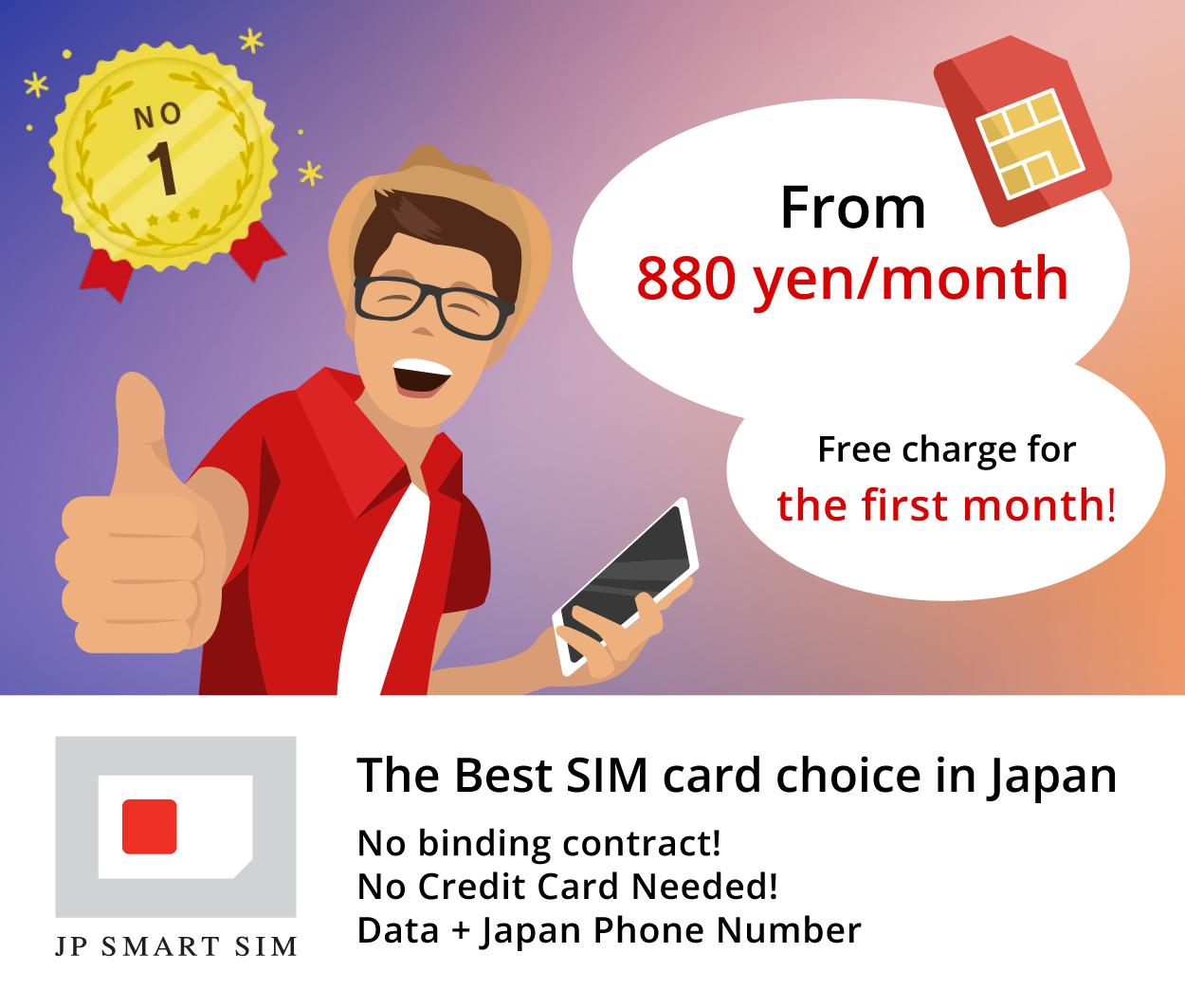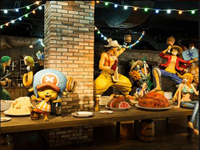Atsuta Jingu
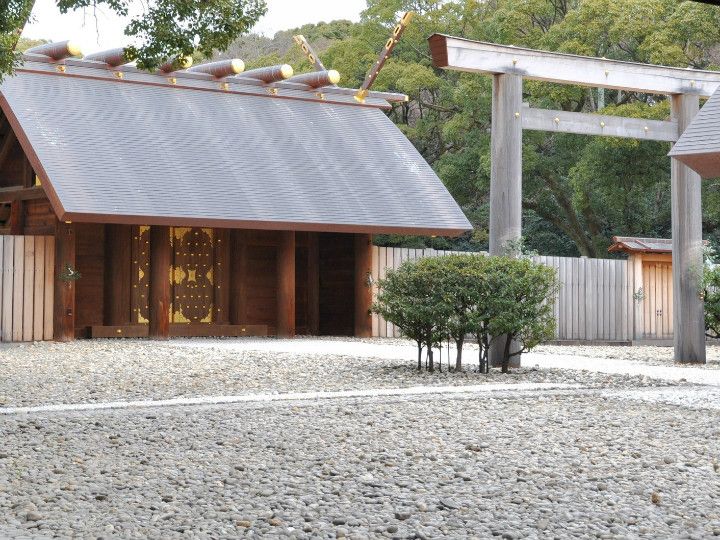
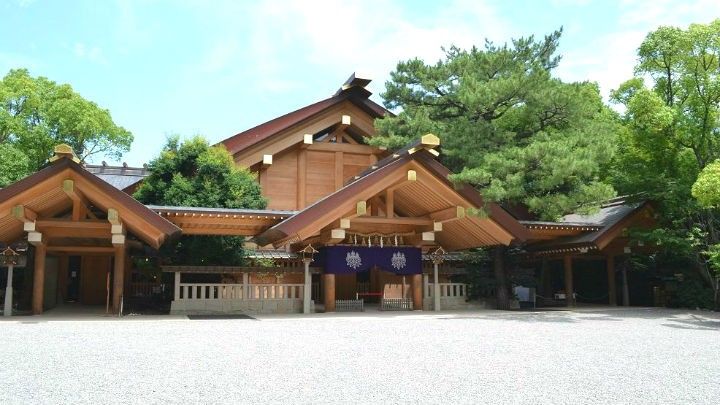
(Source: コンフリクト作業日報(トメ式))
Three Imperial Regalia and an unopened gate
The three Imperial Regalia refer to the three treasures which have been handed over to successive emperors. It is said that the mirror is in Ise Jingu, the comma-shaped Jewel is at the Imperial Palace in Tokyo, and the sword is in Atsuta Jingu but no one, including imperial families, have seen these treasures. Kusanagi no mitsurugi (Sword of Kusanagi) enshrined in Atsuta Jingu is said to have been stolen in 668. Therefore, the gate Seisetsu-Mon, where the thief may have passed, has been kept unopened until now so as not to allow anyone to bring it out again.
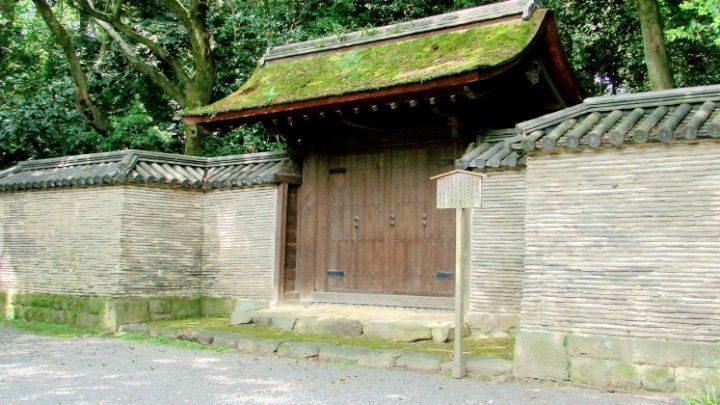
(Source: Place of scenic and histrical interest)
Main shrine with one of the three Imperial Regalia
The main shrine is located in the furthest part of Atsuta Jingu. Atsuta no Okami whose sacred object is Kusanagi no mitsurugi is enshrined here. The current shrine was built in 1955 in the same architectural style as Ise Jingu where one the three Imperial Regalia is kept. Old material from Ise Jingu's regular renovation was reused in its construction.
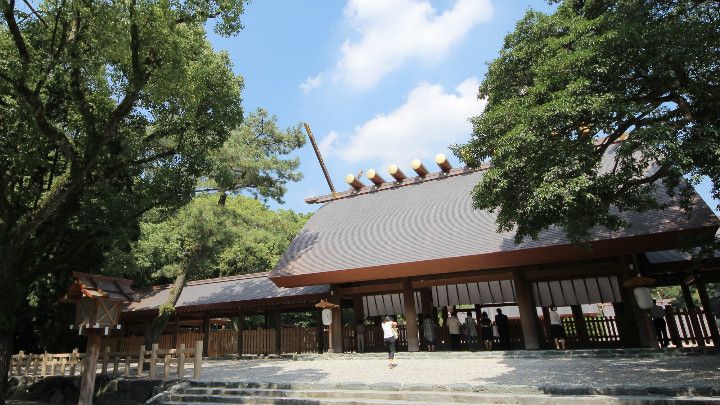
(Source: yoheichan / PIXTA(ピクスタ))
Ichinomisaki Jinja: A power spot at the back of the main shrine
Ichinomisaki Jinja inconspicuously stands at the back of the main shrine. It enshrines "Aramitama" which shows the power of Atsuta no Okami. This place is said to be the most sacred place and people were forbidden to visit until 2012. Even now, people can only visit but no photography is allowed.
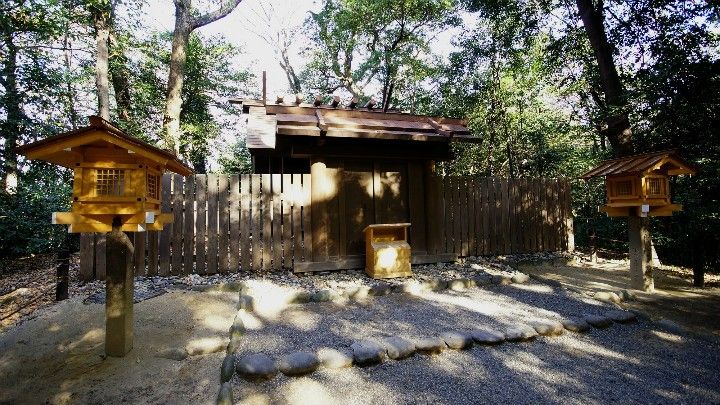
(Source: ys_611 / PIXTA(ピクスタ) )
Nobunaga-Bei: Ride on the luck of Oda Nobunaga
Oda Nobunaga, a famous feudal military leader, won in the Battle of Okehazama in spite of his drawback. He donated a moat in return for the victory and the moat still remains in the precincts as Nobunaga-Bei. In the battle, he supposedly won by taking advantage of the weather. So this is a spot for people who want to ride on his luck.
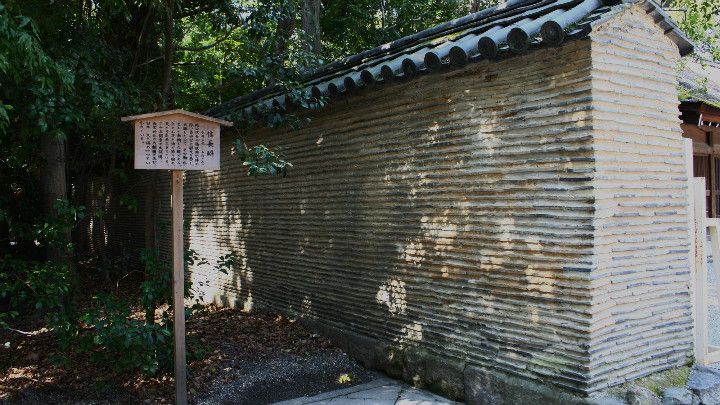
(Source: カメラ大好き / PIXTA(ピクスタ) )
Sword collection in Homotsukan
Homotsukan (Treasure Exhibition Hall) keeps about 6,000 of precious treasures and displays them in series. It includes 176 of national treasures, important cultural properties, and designated cultural properties and it especially has a comprehensive sword collection. All stored items have been donated and Atsuta Jingu hasn't gathered any on its own. This tells us how deeply many famous people believed in Atsuta Jingu during each period.
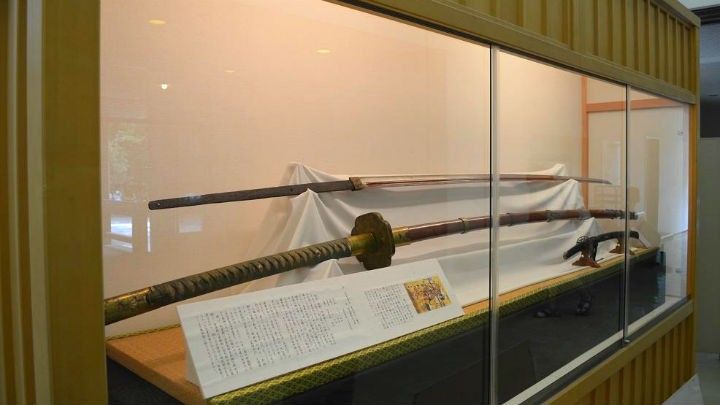
(Source: コンフリクト作業日報(トメ式))
Hitsumabushi: Specialty in Atsuta Jingu
After walking through the large Atsuta Jingu, let's try a specialty of Nagoya, Hitsumabushi (rice bowl with eel). We recommend Atsuta Horaiken, the first of its kind that has been around since 1873 located near the entrance gate of Atsuta Jingu. First taste the delicious Hitsumabushi itself, char-grilled and smoky eel with a secret sauce followed by mixing it with some seasonings. Finally, eat it as Ochazuke (rice with poured tea).
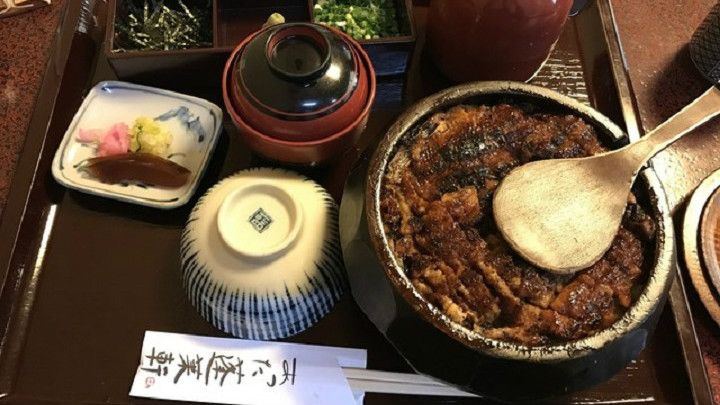
(Source: 食べログ)

(Source: コンフリクト作業日報(トメ式))
Three Imperial Regalia and an unopened gate
The three Imperial Regalia refer to the three treasures which have been handed over to successive emperors. It is said that the mirror is in Ise Jingu, the comma-shaped Jewel is at the Imperial Palace in Tokyo, and the sword is in Atsuta Jingu but no one, including imperial families, have seen these treasures. Kusanagi no mitsurugi (Sword of Kusanagi) enshrined in Atsuta Jingu is said to have been stolen in 668. Therefore, the gate Seisetsu-Mon, where the thief may have passed, has been kept unopened until now so as not to allow anyone to bring it out again.

(Source: Place of scenic and histrical interest)
Main shrine with one of the three Imperial Regalia
The main shrine is located in the furthest part of Atsuta Jingu. Atsuta no Okami whose sacred object is Kusanagi no mitsurugi is enshrined here. The current shrine was built in 1955 in the same architectural style as Ise Jingu where one the three Imperial Regalia is kept. Old material from Ise Jingu's regular renovation was reused in its construction.

(Source: yoheichan / PIXTA(ピクスタ))
Ichinomisaki Jinja: A power spot at the back of the main shrine
Ichinomisaki Jinja inconspicuously stands at the back of the main shrine. It enshrines "Aramitama" which shows the power of Atsuta no Okami. This place is said to be the most sacred place and people were forbidden to visit until 2012. Even now, people can only visit but no photography is allowed.

(Source: ys_611 / PIXTA(ピクスタ) )
Nobunaga-Bei: Ride on the luck of Oda Nobunaga
Oda Nobunaga, a famous feudal military leader, won in the Battle of Okehazama in spite of his drawback. He donated a moat in return for the victory and the moat still remains in the precincts as Nobunaga-Bei. In the battle, he supposedly won by taking advantage of the weather. So this is a spot for people who want to ride on his luck.

(Source: カメラ大好き / PIXTA(ピクスタ) )
Sword collection in Homotsukan
Homotsukan (Treasure Exhibition Hall) keeps about 6,000 of precious treasures and displays them in series. It includes 176 of national treasures, important cultural properties, and designated cultural properties and it especially has a comprehensive sword collection. All stored items have been donated and Atsuta Jingu hasn't gathered any on its own. This tells us how deeply many famous people believed in Atsuta Jingu during each period.

(Source: コンフリクト作業日報(トメ式))
Hitsumabushi: Specialty in Atsuta Jingu
After walking through the large Atsuta Jingu, let's try a specialty of Nagoya, Hitsumabushi (rice bowl with eel). We recommend Atsuta Horaiken, the first of its kind that has been around since 1873 located near the entrance gate of Atsuta Jingu. First taste the delicious Hitsumabushi itself, char-grilled and smoky eel with a secret sauce followed by mixing it with some seasonings. Finally, eat it as Ochazuke (rice with poured tea).

(Source: 食べログ)
